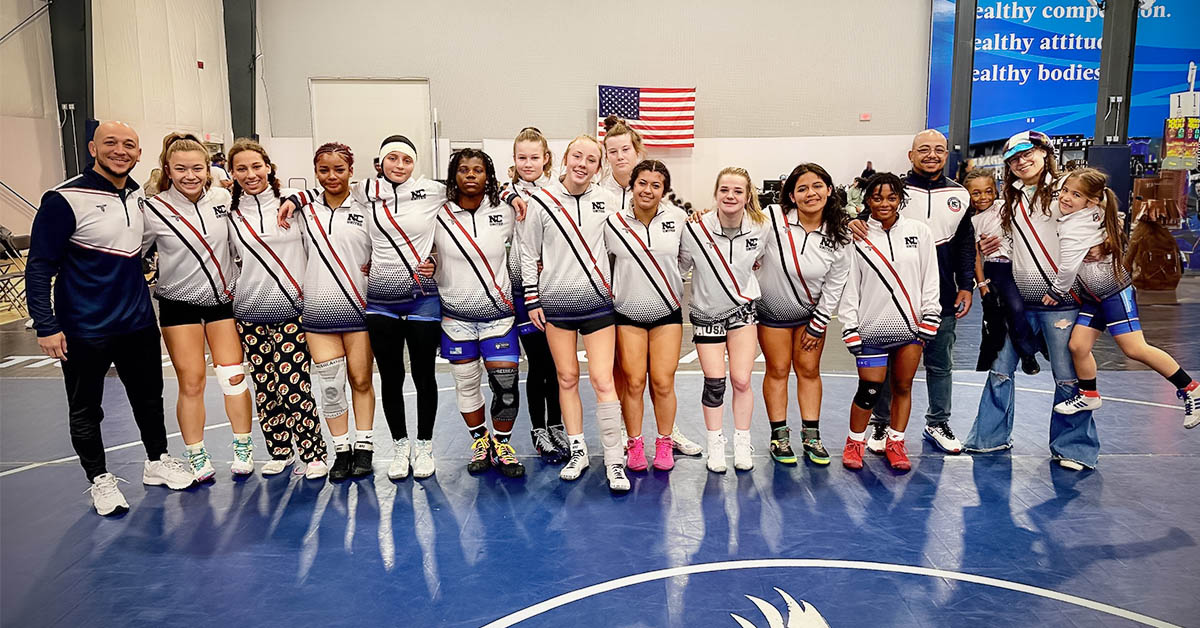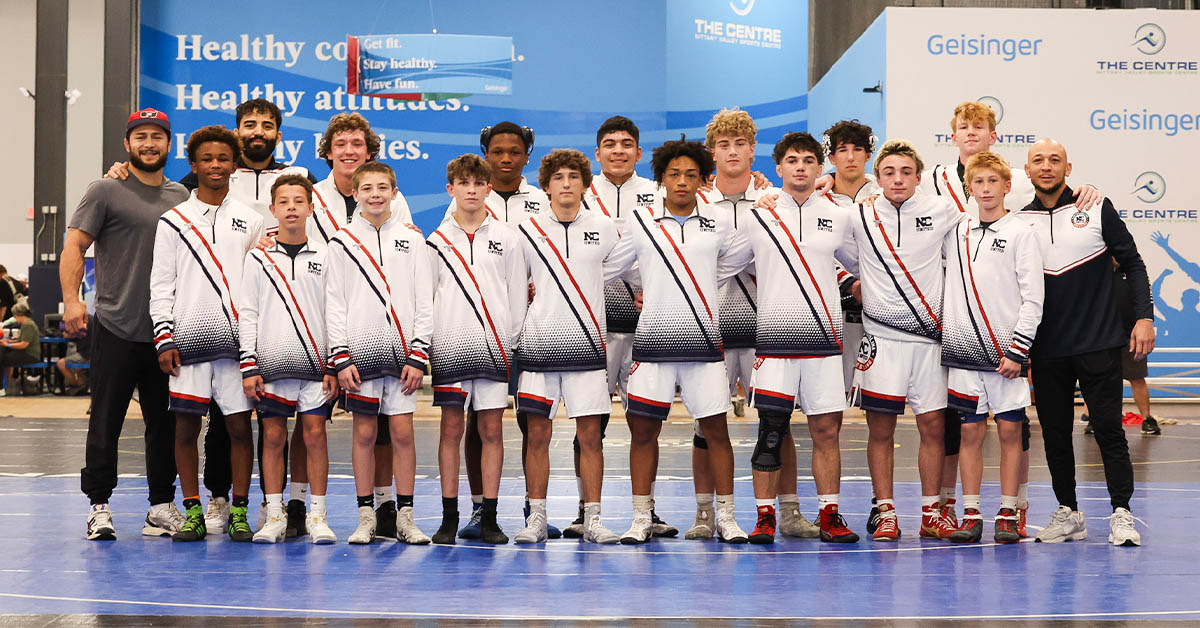The weight certification process is a critical part of high school wrestling, ensuring that athletes compete safely and fairly within their weight class. For parents, coaches, and wrestlers in North Carolina, it’s essential to understand how this process works, why it exists, and the steps involved to ensure compliance with the rules set by the North Carolina High School Athletic Association (NCHSAA).
Why Does the Weight Certification Process Exist?
The weight certification process exists primarily for safety and health. Wrestling is a sport that involves intense physical contact, and competing at an appropriate weight class ensures athletes are healthy and not engaging in dangerous weight-loss practices. By setting clear guidelines, the NCHSAA helps protect athletes from unhealthy weight management strategies, such as excessive dehydration or extreme dieting, which can lead to serious medical conditions.
Furthermore, this process ensures fair competition. Athletes should compete in weight classes that align with their natural body weight, preventing unfair advantages and ensuring that every wrestler competes against opponents of similar size and strength.
How the Weight Certification Process Works
Initial Weigh-In and Hydration Test
Before the season begins, every wrestler must undergo an initial weigh-in and hydration test. This process is typically conducted by a certified assessor. The hydration test ensures that the athlete is properly hydrated at the time of weighing, as dehydration can artificially lower body weight. The specific gravity test of the urine is used to assess hydration status. If an athlete fails the hydration test, they must re-test later.
Body Fat Analysis
After passing the hydration test, the wrestler undergoes a body fat analysis. North Carolina follows the National Federation of State High School Associations (NFHS) guidelines, which typically involve skinfold caliper measurements to determine the wrestler’s body composition. Some schools may also use bioelectrical impedance devices. This test helps determine the minimum weight class a wrestler can safely compete in, ensuring they do not drop below a healthy body fat percentage (usually around 7% for males and 12% for females).
Establishing a Minimum Weight Class
Based on the body fat analysis, a minimum weight class is established for each wrestler. This is the lowest weight class they are eligible to compete in during the season. It ensures that wrestlers are not competing in classes that could lead to unhealthy weight loss practices. Wrestlers are not allowed to compete below this minimum weight class for safety reasons.
Weight Descent Plan
The NCHSAA mandates a weight descent plan for wrestlers who aim to drop weight throughout the season. This plan ensures that athletes lose weight at a safe rate, typically around 1.5% of their body weight per week. The descent plan is monitored to ensure wrestlers are not losing weight too quickly, which could be harmful to their health. Wrestlers are prohibited from participating in matches if they do not comply with the descent plan.
Certification Deadline
Wrestlers must complete the certification process and establish their minimum weight class before a set deadline, usually a few weeks into the season. This certification is locked in for the remainder of the season, meaning wrestlers cannot suddenly drop to a lower weight class later in the year.
Key Takeaways for Parents, Coaches, and Wrestlers
- Safety First: The entire process is designed to protect the health and safety of wrestlers. Parents and coaches should encourage athletes to follow the guidelines and avoid extreme weight loss tactics.
- Fair Play: Competing within the correct weight class ensures a level playing field for all athletes, leading to more competitive and exciting matches.
- Long-Term Success: By following the certification process and descent plan, wrestlers can maintain their strength and stamina throughout the season, ultimately performing better in matches.
Understanding and following the weight certification process is essential for a successful wrestling season. Make sure to talk to your coach or school’s athletic trainer if you have any questions about the specific steps involved. For more detailed information, visit the NCHSAA website.
Stay tuned to Inside NC United for more insights, tips, and updates as we dive into another exciting season of high school wrestling!
- Click to share on Facebook (Opens in new window)Facebook
- Click to share on LinkedIn (Opens in new window)LinkedIn
- Click to share on Mail (Opens in new window)Mail
- Click to share on Print (Opens in new window)Print
- Click to share on X (Opens in new window)X
References
- North Carolina High School Athletic Association (NCHSAA) – Weight Management Program
- National Federation of State High School Associations (NFHS) – Wrestling Rules and Weight Certification
- Centers for Disease Control and Prevention (CDC) – Hydration and Safe Weight Loss
- USA Wrestling – High School Weight Certification Guidelines
- NFHS Wrestling Rules Changes for 2024-25










